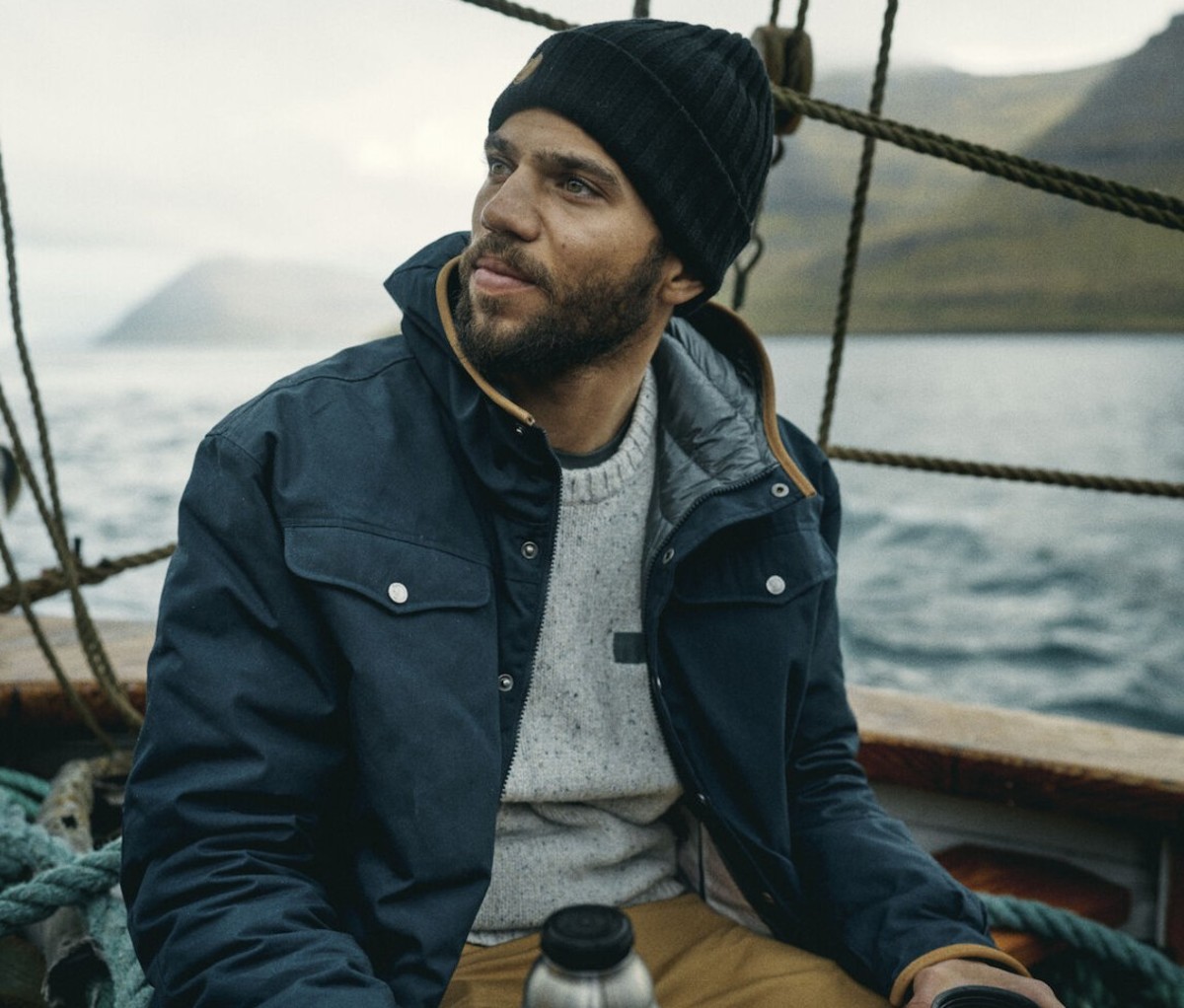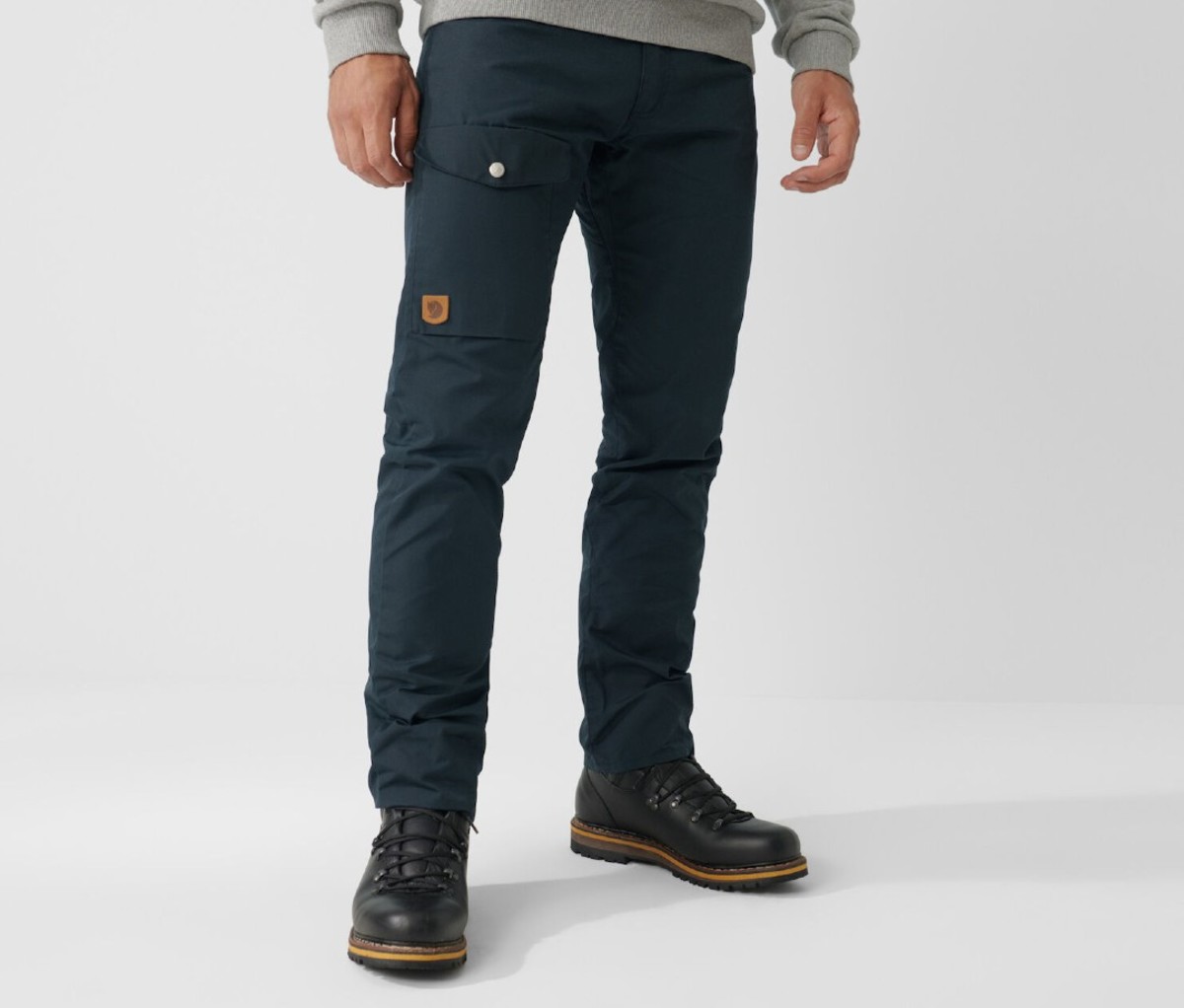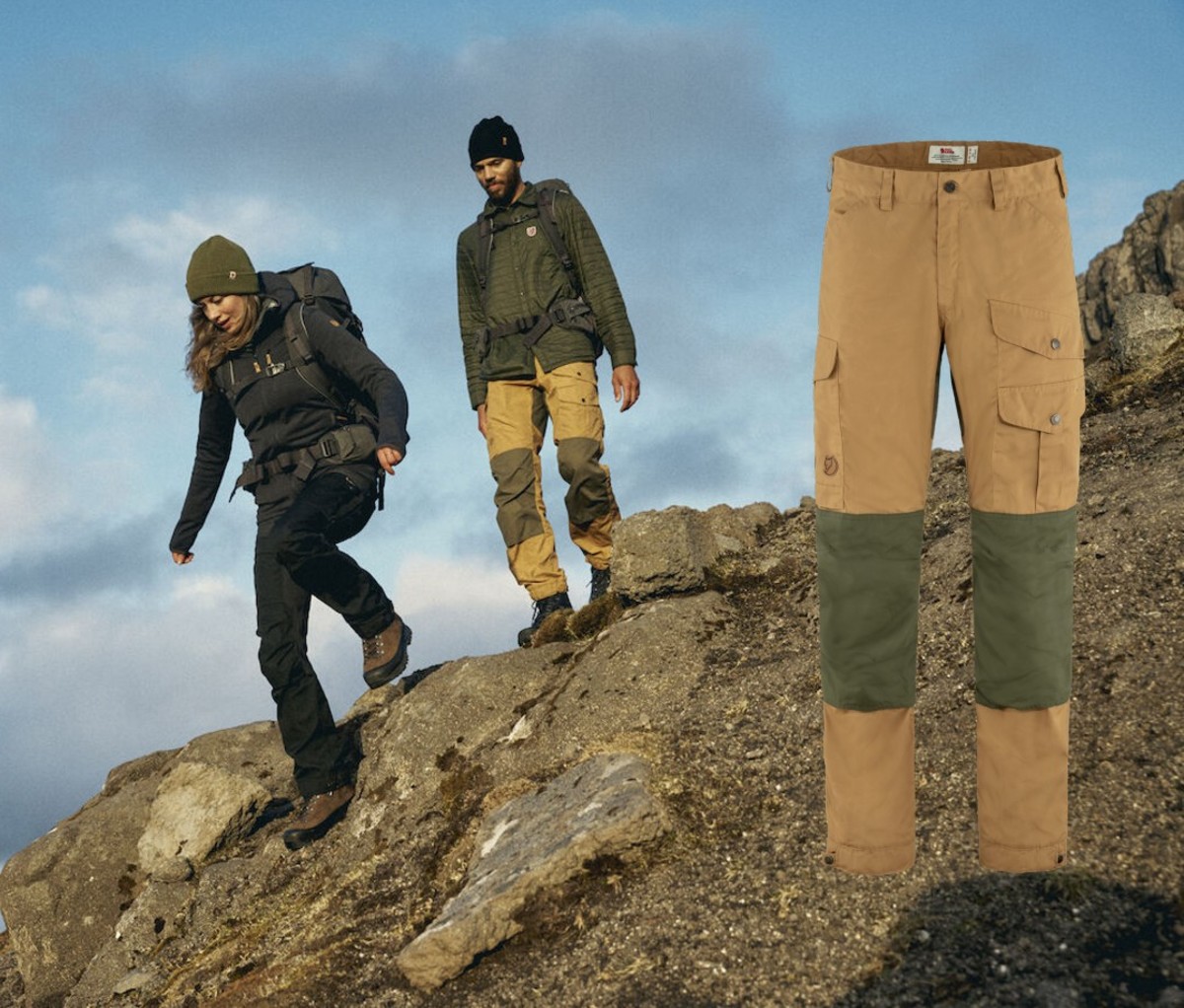A Little Wax Goes a Long Way in Making Fjällräven’s G-1000 Products Everlasting
This article was produced in partnership with Fjällräven
Born from a love of nature and a thirst for exploration, Fjällräven has crafted purposeful, comfortable, pass-it-down-to-your-grandkids-durable gear since the 1960s. That’s when company founder, Åke Nordin, shaped his first wooden backpack frame in his father’s workshop and sewed his first pack bag on his mother’s Singer.
A Heritage of Problem-Solving
For Fjällräven, days spent exploring—peakbagging mountains, fording rivers, and traversing forests—are the best days. Whatever the season and no matter the weather, Fjällräven prepares you for epic exploits and all the stunningly ordinary moments in between.
Since its founding, Fjällräven has built innovative solutions to the opportunities and challenges the outdoors bring. When Nordin took his first pack into the mountains for a test drive, he met reindeer herders who asked him to make them packs, too. That was the inception of the brand.
As his reputation grew, Nordin designed and sewed double-wall tents for a Swedish-Norwegian expedition to Greenland, after which the team begged him to make more suitable clothing for glacier crossings and mountains treks. Nordin sketched a jacket suitable for “life on vertical rock walls,” and Fjällräven’s signature waxed Greenland Jacket was born.

Nordin was a passionate outdoorsman with an inquisitive mind. He wasn’t bound by convention. So, when he designed the Greenland jacket, he ditched standard side pockets, which are inaccessible while wearing a harness. In their place, he added chest pockets for easy access to maps and other gear. Moreover, he cut the jacket from a poly-cotton blend he dubbed G-1000. It was tough enough to survive first ascents of snow-capped peaks in one of the most extreme areas of the world.
As Nordin pondered how to make G-1000 weather a storm, he remembered his days ski jumping. Competitors would rub ski wax onto the hems and seat of their pants to keep them dry. He waterproofed the new Greenland Jacket the same way, by blending beeswax and paraffin, then melting the blend he called Greenland Wax into the fabric with his wife’s hairdryer. Greenland Wax held weather at bay while maintaining a high level of breathability, properties many outdoor companies still struggle to achieve using chemicals and membranes. What’s more, when the weather was warmer, or the conditions dryer, he noted you could remove the wax for more breathability simply by washing the jacket.

Prioritizing the Planet
For Fjällräven, nature comes first, and durability plays a key role in minimizing a product’s impact. The goal is to make heirloom pieces adventurers will pass down, either to family or friends. Because, even after years of use, it’ll still be useful, even if a little worn around the edges.
As far as we know, the extremely versatile Greenland Jacket was the first breathable, water-repellent jacket that was commercially available. It’s still a pillar of Fjällräven’s outerwear collection, and it’s still made from G-1000.
It’s not for lack of innovation. The G-1000 fabric has evolved over the years, but it remains one of Fjällräven’s greatest brand inventions. As a global brand that loves the planet as much as its founder did, Fjällräven has reduced G-1000’s impact, renaming it G-1000 Eco. Woven from recycled polyester and organic cotton in a 65:35 blend, it reduces the carbon emissions of a jacket or pair of trousers, including the heritage Greenland Jacket.
This spring, all Fjällräven G-1000 products will use G-1000 Eco instead. That’s big news. The brand uses its signature material in everything from jackets to backpacks to jeans.

The Greenland Jeans ($150) are as comfortable as your favorite denim, with the toughness and water repellency of densely woven G-1000. Treated with Greenland Wax, these pants are adaptable to a range of conditions.
The trim-fit G-1000 Vidda Pro Ventilated Trousers ($175) come in three lengths and boast double-layer knees. Half-length side zippers give the trekking pants superb ventilation, and gusseted stretch allows for acrobatic maneuvers. Adjustable cuffs block out cold gusts of wind and debris. And pockets and loops keep critical gear close by, whether that’s a knife, axe, or navigation tool.

The award-winning Keb Trousers (from $195) and Keb Jacket ($290) are Fjällräven’s stretchiest, most durable trekking pants and jacket, with oversized ventilation zips and pockets. The trousers come in three lengths, and multiple builds: gaiter, agile, shell, touring, and regular. We love that they’re adjustable and repairable: You can replace a panel without replacing the pants.
Like the Keb jacket, Greenland No. 1 Down Jacket ($500) has all the features of the tried-and-true Greenland Jacket Nordin designed in 1968, only it’s insulated. The No. 1 has leather detailing on the hood and sleeves; a recycled polyester lining; 800-fill traceable down; and the shell of the jacket is made of wind- and water-resitant G-1000 Eco.
Where Sustainability and Performance Collide
As anyone who’s intentionally or unintentionally gotten lost in nature knows, it doesn’t matter if a material is produced sustainably if it doesn’t provide the protection you need. For brands that care, it’s a tricky balance to strike in order for a material to be functional and efficient without having a heavy environmental impact. Beyond G-1000, Fjällräven uses organic, renewable, and recycled materials, prioritizing traceable, natural materials that last.
Some of those materials are specialized evolutions of the brand’s hard-wearing, ventilated, wind-resistant, UV-protective, and waxable-for-weatherproofing G-1000.
G-1000 Heavy Duty has the toughness of G-1000, but on steroids. It comes sandwiched with Greenland Wax on both sides and sets a new standard for durability. Fjällräven uses it in knee reinforcements and backpacks.
While it’s less ventilating than the original, when durability is paramount, Fjällräven uses G-1000 Heavy Duty Eco S. A finely woven version of G-1000, it uses ripstop threads to make the fabric supple and flexible. It’s still waxed and UV-protective like the original, and keeps wind and rain at bay.
G-1000 Silent takes the durability down a notch, but it’s brushed to make the fabric both soft and quiet. G-1000 Silent is ideal for hunters and others who need to move silently through the woods.

Waxing Nostalgic
In Fjällräven’s line, G-1000 and Greenland Wax go hand in hand. And while it may seem curious that Fjällräven uses wax against wind and water, not a fancy membrane, anyone who has worn it will vouch that G-1000 is an elegant, effective weatherproofing solution. Since Fjällräven first introduced Greenland Wax, the beeswax-paraffin blend has kept outdoorsmen comfortably dry and warm.
These days, most G-1000 products come pre-treated with fluorocarbon-free wax, but with wash and wear, you’ll need to touch it up. Fjällräven sells bars of sustainable, Sweden-made Greenland Wax. As your jacket or trousers break in and form to your body, you can rub and iron in wax for more weather resistance or wash it out to make your kit more breathable, personalizing and fine-tuning it to your use and preferences.
Check Fjällräven’s website for step-by-step instructions, or drop into a Fjällräven store. Most have both a tailor shop and a waxing station to help you get the most out of your gear.
Is it extra work? A little. But we think you’ll find waxing a jacket or trousers provides similar satisfaction to cleaning and sharpening a well-loved knife, or treating your boot leather to keep it supple and smooth. The waxing process deepens your connection with the gear you depend on, erasing the line between yourself and your experiences in the great outdoors.
And that’s just one more way Fjällräven highlights the bond between gear and experience, so you can get lost in nature on your own terms.
from Men's Journal https://ift.tt/UFENaxV


0 comments